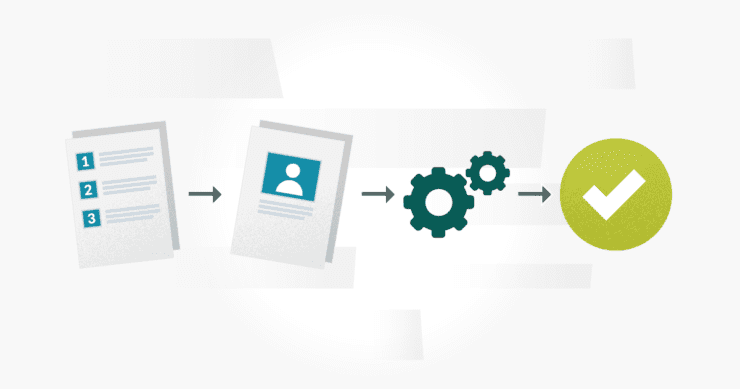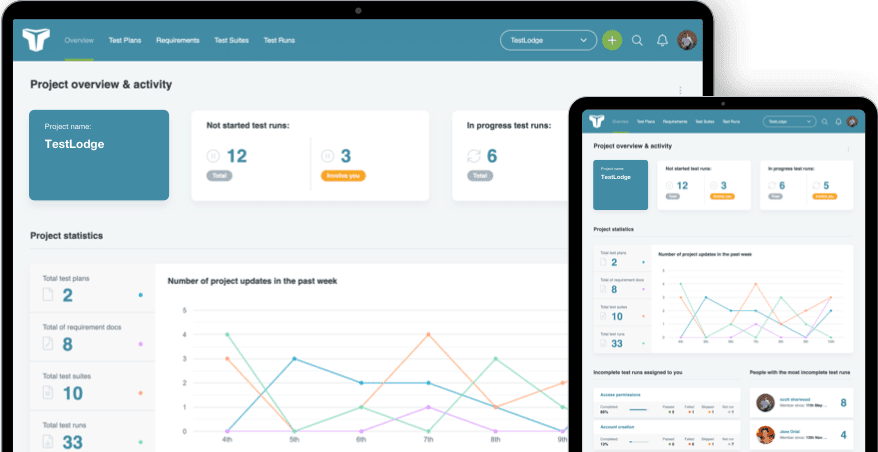Agile Testing
Agile testing is the process of continuously testing to ensure a constant feedback loop throughout the development process. In Agile, testing is the responsibility of the entire team. This ongoing feedback loop informs the team how well the product is adapting to the business needs.
All Topics
- Accessibility
- Agile
- Agile Testing
- Continuous Integration
- Culture
- DevOps
- Hardware Testing
- Issue Tracking
- Mobile Testing
- QA Career
- QA Training
- Requirements
- Research
- Software Development
- Software Releases
- Support
- Test Automation
- Test Cases
- Test Management
- Testing Documentation
- Testing Process
- Testing Tips & Guidelines
- TestLodge
- TestLodge Tutorial
- Tools List
- Types of Software Testing
- User Stories
- UX & Usability
Agile testing is the idea that the entire team shares the responsibility of testing
“Quality” is injected into the entire team. Agile development is an iterative approach to writing code. Agile testing is an iterative approach to testing code.

In agile, testing keeps the project moving forward. So long are the days that testing is done at the end. Testing is not a “phase” in agile, it is a mentality, a continuous activity. Agile testing promotes collaboration. It emphasizes integrated teams, frequent releases, and the ability to adapt to changing business requirements. It involves the entire team throughout the entire development lifecycle.
An agile approach to testing keeps the code clean. This means it’s easier and faster to develop new features. Writing new code in a messy code base is like trying to cook in a dirty kitchen. Agile testing shortens the feedback loop, and shorter feedback loops increase the team’s agility. If testing isn’t done, then the features are not done. Continuously testing means more velocity.
Agile testing does not eliminate the need for a QA team though. It does not replace manual testing. It means automated and manual testing is no longer only the responsibility of the QA team. QA and development can often pair together to conduct exploratory testing.
Agile teams put quality first and by doing so, they’re able to work faster. You can only go as fast as the slowest part of your team. Agile testing widens the throughout of the testing process and eliminates the testing bottleneck.
Featured Writer
Our 'Agile Testing' articles
Agile Test Case Management – Keeping Your Test Cases Lean

Agile test case management may be straight forward, but test cases can easily become obsolete if not regularly managed, we take a look into this further.
Writing Test Cases from User Stories & Acceptance Criteria

Well thought out acceptance criteria can be a tester’s best friend. We look at how to write test cases from the user stories and acceptance criteria.
Agile Testing: The Role of QA in Agile

What exactly is the role of QA in agile? What can a tester do to help initiate a cooperative working relationship with the development team?
 Brian Hamilton
Brian Hamilton 

